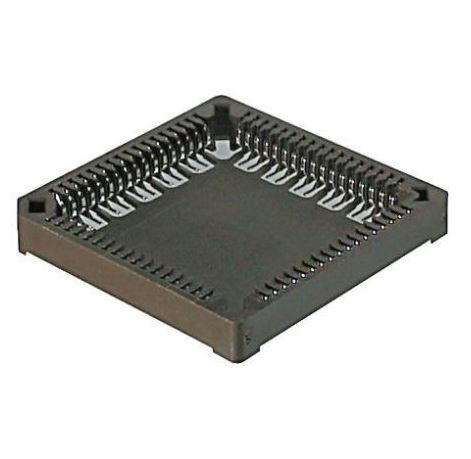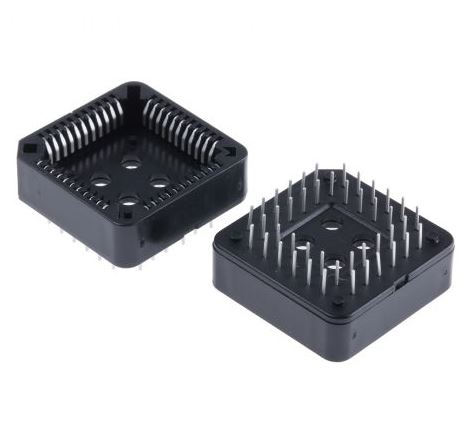It is reported that the team also studied ways to more effectively use soft substrates to release stress. They used cubic sugar as a template to obtain a three-dimensional porous soft substrate. Tests have found that compared to commercial copper foil and three-dimensional foamed copper, it has better electrochemical performance.
With the rapid development of wearable devices and the electric vehicle industry, the "high-capacity" standard for batteries has also been continuously improved. Lithium batteries, which use lithium metal as the cathode, have a potential of 10 times higher capacity than conventional lithium-ion batteries, but there are potential safety concerns.

On the 28th, learned from Hunan University that the research team of Jiang Hanqing of Arizona State University, Tang Ming of Rice University, and the team's Hui Gao team's research results on the issue of "Lithium dendrite" are expected to help solve this kind of "high energy". Lithium battery safety "trouble." This result was recently published in the International Top Energy Journal "Natural Energy".
As a negative electrode material of a conventional lithium ion battery, graphite has a storage capacity of 380 mAh/g. However, this is far lower than the theoretical specific capacity of lithium metal of 3860 mAh/g. Therefore, lithium metal is a more ideal anode material for high-capacity batteries. However, in the early days, lithium batteries were used as the negative electrode, and dendritic lithium was produced in the charge-discharge process, which was called "lithium dendrite". This may lead to internal short circuit or even explosion of the battery, which is a potential safety hazard.
In order to solve the problem of lithium dendrite growth, the academic community has proposed various solutions. Including, adding an organic additive to the electrolyte, or using a solid electrolyte or the like, suppress dendrite production. Recently, the research team’s findings on lithium dendrites are expected to help “disintegrate†lithium dendrites from a new perspective.
Jiang Hanqing introduced that they found that compressive stress is common during metal deposition. On the soft substrate prepared by the team, the copper film was deposited as a current collector, and the electrodes were assembled into a battery and charged under a microscope. It was observed that after charging for a period of time, a one-dimensional wrinkle structure suddenly appeared on the copper film, and the stress on the flexible substrate was greatly relieved by the destabilization and wrinkling of the copper film.
Thus, it was confirmed that the compressive stress on the electrode surface can really drive the growth of lithium dendrite. At the same time, they studied the deposition of lithium by depositing lithium metal on copper foil and soft-base current collectors, demonstrating that stress release can effectively prevent dendrite formation.
Antenk PLCC connectors Series Sockets are low profile, thin wall sockets designed to convert plastic leaded chips to a thru-hole PCB format on a .100" centerline grid.Antenk's superior precision stamped contact design provides consistent, high retention contacts for all size chips.

PLCC Connectors -PLCCSockets
A PLCC socket is a component that connects a chip carrier to an electronic circuit via surface-mounting or through-hole technology.
Plastic leaded chip carriers (PLCCs) are used in surface-mount technology where electronic circuits are produced, and components need to be mounted or placed directly onto a printed circuit board (PCB). The chip carrier is placed in a PLCC socket, which is either surface-mounted or features through-hole technology. A specialised tool called a PLCC extractor is needed to remove the chip carrier from the PLCC socket.
What are PLCC sockets used for?
PLCC sockets are used in surface-mount device (SMD) and surface-mount technology (SMT) applications. PLCC sockets made of heavy gauge copper alloy are compatible in high shock / high vibration applications. PLCC sockets made of rolled-leaf copper are useful in low-cost computer applications.
Types of PLCC sockets
The two primary categories of PLCC sockets are:
Surface-mount PLCC sockets, which are used in devices sensitive to heat from the reflow process. These allow for component replacement without redesigning or reworking the entire PCB.

Through-hole technology PLCC sockets are necessary when a device requires stand-alone programming with flash drives or memory devices. These are also beneficial for prototyping activities where wire wrapping is required.

Plcc Socket,Plcc Connector,Plcc Socket Connector,Smd Plcc Connector,PLCC Connector DIP,PLCC Connector SMT
ShenZhen Antenk Electronics Co,Ltd , https://www.antenk.com